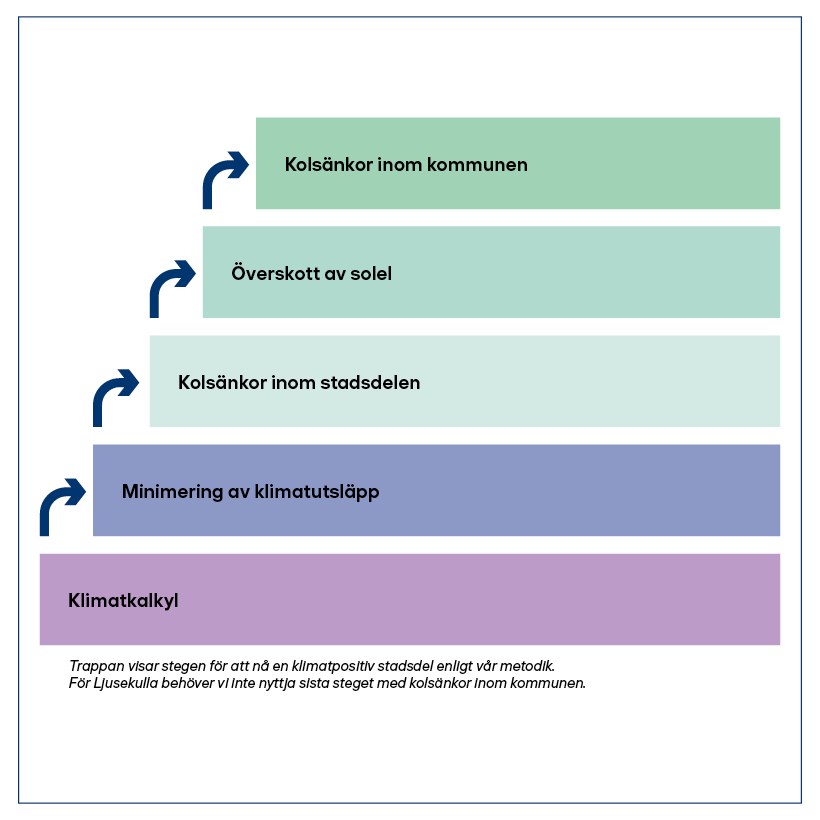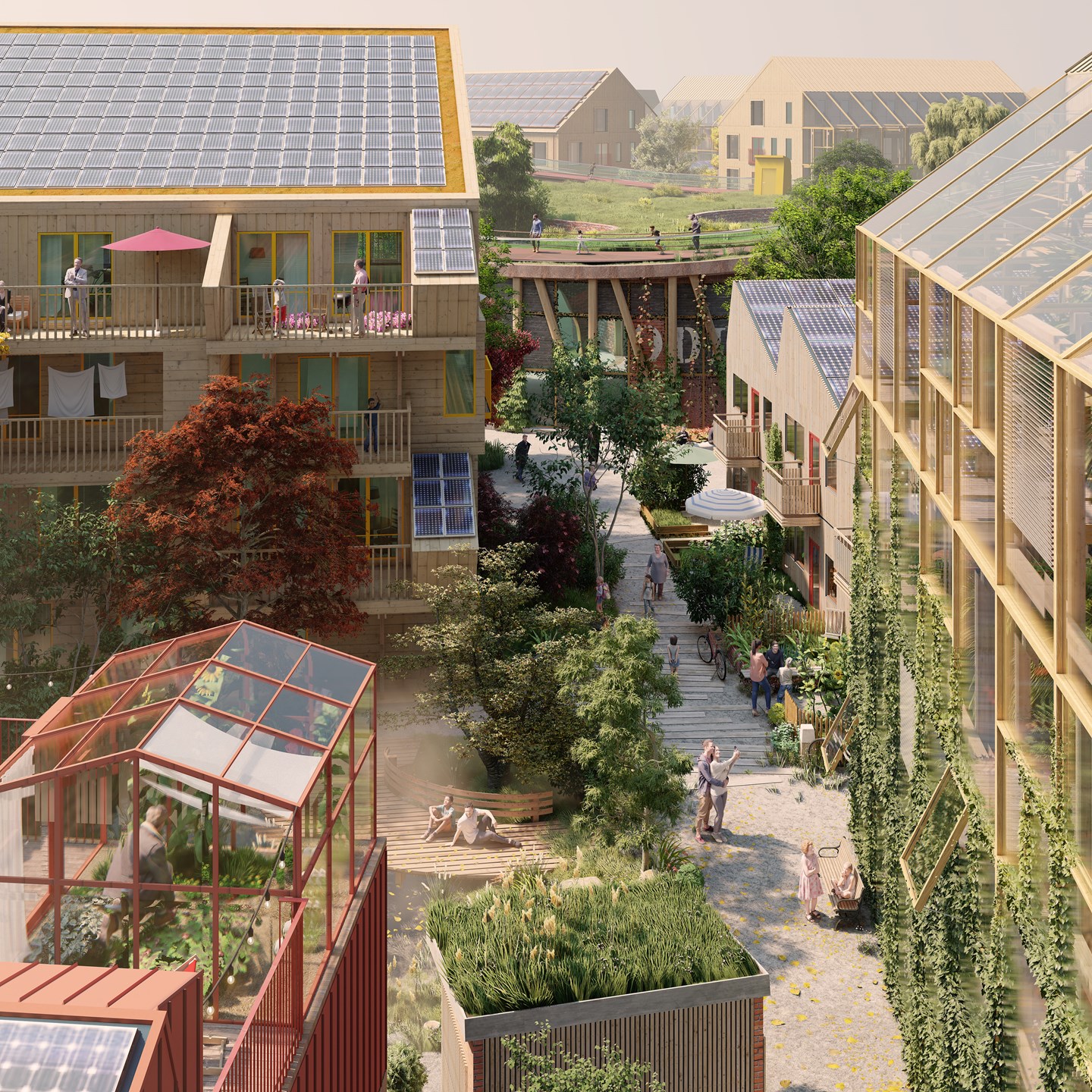Agroforestry (trees + annual crops)
Agroforestry is a collective term for agriculture that combines cultivation of trees and crops. In plantations where trees are combined with annual crops, ecological balance is created and the cultivation benefits the soil's micro-life, insects and birds and provides robust cultivation systems.
Agroforestry also helps insects find food and resting places in land cultivation and among the flowering bushes and trees. Rows of trees in the city also help reduce the risk of overfertilization in streams. During heavy rainfall, manure and nutrients flow down into the ditches and into lakes to a greater extent if there are no trees. The trees are also beneficial as they store carbon dioxide in their roots, trunks and branches. The large and deep root systems of trees also help keep the soil in place during rainfall and wind. The wind is a problem on mainly large plains with vast fields.
Hydroponic vertical cultivation
Hydroponic cultivation means cultivation in water and is a technology that became popular in Sweden during the 1970s. Today, there is better lighting technology, which makes the method more sustainable as the crops are dependent on artificial light.
With hydroponic cultivation, it is possible to grow lettuce and herbs, but also chili, tomatoes, flowers and strawberries. In a hydroponic vertical cultivation, it is suitable to grow herbs, lettuce and sprouts or microgreens. Vertical cultivation is a way of cultivating indoors, on the floor of a shelf system with LED lighting. This means that we can produce crops indoors, all year round in a smaller area.
Aquaponic farming and fish farming
Aquaponic cultivation is a method for cultivating plants in water and fish farming in a closed, environmentally friendly cultivation system. The nutrition from one kilogram of fish provides nutrition to about ten kilograms of vegetables. Aquaponics is an old method and one of the most resource-efficient production methods available for food. In Sweden, there are currently few aquaponics, but the potential for development is great.
In an aquaponic cultivation, it is possible to cultivate a variety of fish and plants with low environmental impact. It is also possible to control energy use and dispose of the overfertilization that other types of fish farming usually contribute.
The water circulates between fish and plant matter. The only water consumed is the water that the plants absorb and the water evaporating from the tanks.

